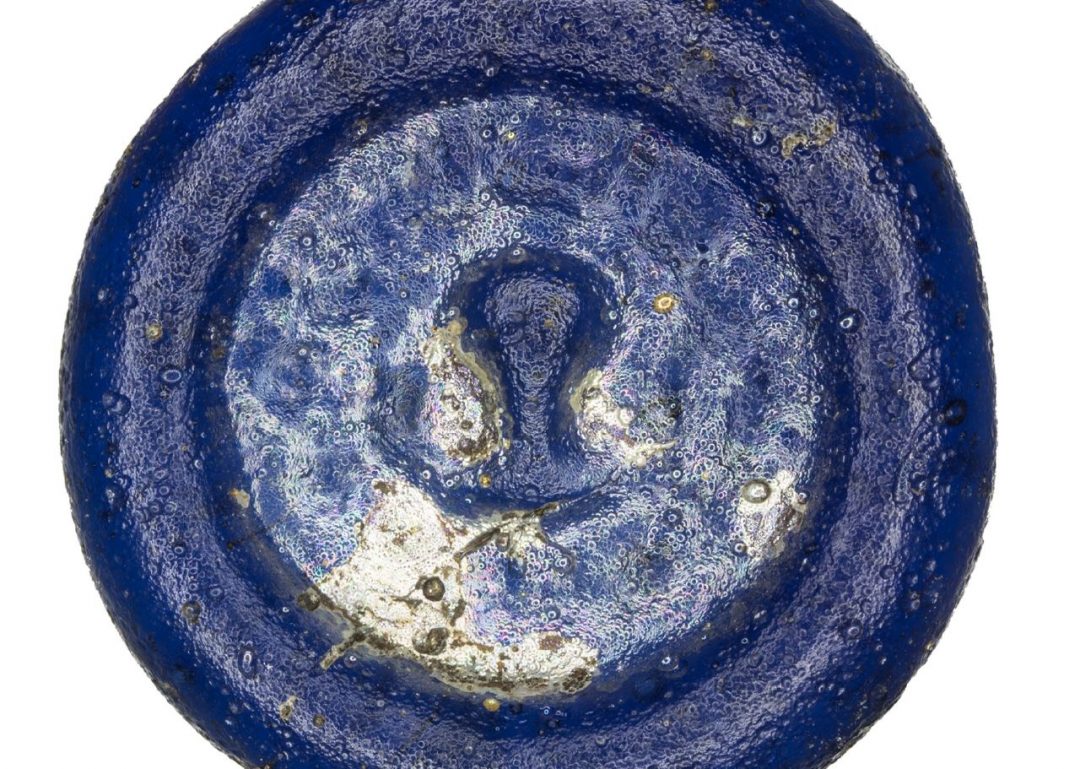User Group Leader: Bendeguz Tobias
https://www.uibk.ac.at/archaeologien/
Venue: MTA Atomki, Debrecen, Hungary
The main objective of the project was to characterize the elemental composition of some Late Antique exagia solidi (minted coin weights) and Byzantine glass weights, which artifacts were essential tools for a regulated coin circulation. Based on the results we can have an opportunity to understand the financial management and ultimately the Late Antique and Byzantine tax system of the late 4th-7th century. The exagia solidi, which can be dated to the late 4th and 5th century, are made of copper or copper alloy. The byzantine glass weight from the 6th and 7th century are made of translucent glass of different colours (pale yellow, green, dark blue, red and opaque brown).
The PIXE/PIGE measurements were carried out in vacuum, on 50 samples, at the Oxford-type nuclear microprobe facility in the MTA Atomki, Debrecen, Hungary. The mentioned non-destructive and non-invasive techniques were used to characterize major and minor elements in order to identify which fluxes were used. We applied a 3.2 MeV proton beam and ~ 200 pA current. Three glass standards were applied for the measurement calibration: NIST 610, Corning B and Corning D.
Certain chemical elements, such as calcium and aluminium, are more characteristic of the mineralogy of the sand used for producing antique glass, while potassium and magnesium are inherited from the flux materials used. The obtained results can be concluded that the mean part of the investigated glass weight have different composition than the special glass groups. However, the mean part of the glass weights shows larger similarity from Levantine II glass groups.
Further separation of the applied flux materials can be carried out using the comparison of potassium and magnesium contents. Mg and K is an indicator in the application of alkali material in glass preparation. If the concentration of these constituents remains below 1.5%, it is an indicator of the application of mineral soda as an alkali. From this point of view most of the glass samples belong to the mineral soda glasses.
The obtained results will be published in an archaeological journal and presented at a conference.

